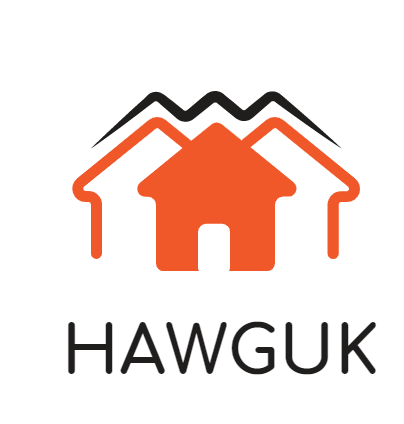The need for machined parts has increased tremendously, causing an increase in CNC manufacturing plants. Many companies have taken up the responsibility of offering these services, and the use of advanced modern technology makes it easy. However, a few challenges may come up due to mistakes made during the design phase, like creating part features that a cutting machine cannot reach. In this extract, we highlight common mistakes in machined parts designing that you should avoid.
Avoid these mistakes when designing machined parts
These mistakes cause unnecessary machining leading to increased production costs, time, and poorly designed parts. They are;
1. Creating features that don’t need cutting
Such features undergo unnecessary machining. They play no important role but use up space and materials, causing the overall cost to escalate. Spending extra time on less important features increases the lead time and delays the production of your machined parts. Also, don’t design apart on the workpiece of no significance and ends up being cut as it shouldn’t have been there, to begin with.
2. Designing tall and thin walls
The use of thin walls is an integral part of some processes, for example, injection molding. However, for CNC machining and its parts, thick walls are more desirable. This is because they are more sturdy, cutting tools work well on them, and they can reach their machining tolerances. Tall thin walls are subject to bending or deflecting to the high speed and vibrations produced in the process. The walls can also break or result in parts with less precision due to the frequent movement during machining. Increase the thickness of tall walls to enhance rigidity but don’t make them excessively thick.
3. Adding small random texts
Such texts may be small or slightly raised and include numbers, logos, part description or name, and many more. Some texts have meaning, while others appear cool and aesthetically pleasing on a part. Adding such unnecessary features will cost you more for production. Smaller texts are more expensive than larger ones. This is due to the reduced machining rate caused by the small endmills; hence, more time is spent developing the products. If these texts are essential, choose larger text if your part allows since they are easy and fast cut. Additionally, choose recessed texts instead of raised ones.
4. Designing non-threadable holes
Create holes with standard drill sizes for easy threading. Alternatively, check out the threaded hole guidelines found in companies’ websites to form a hole with a diameter that’s within the given range. The software avoids holes that fail to fit the specified range. Therefore, they are non-machinable, cannot be cut and added on to the cost.
5. Creating pocket features
Small pocket features are hard to work on with larger tools. For you to reach them, you need to pick materials from the corners using different cutting tools. Using multiple tools increases the production cost. Avoid the pockets if they have no importance or make them bigger for easier cutting.
Conclusion
Avoid any part that requires no machining as they use up the material and have no use. Be keen on your choice of features such as holes and pockets. Create holes with the specified diameter and large enough pockets to allow cutting. Avoiding the mistakes outlined above helps better your machine designs, reduces the final production cost and run times.


